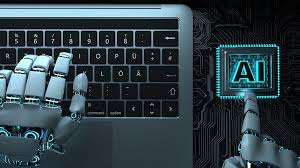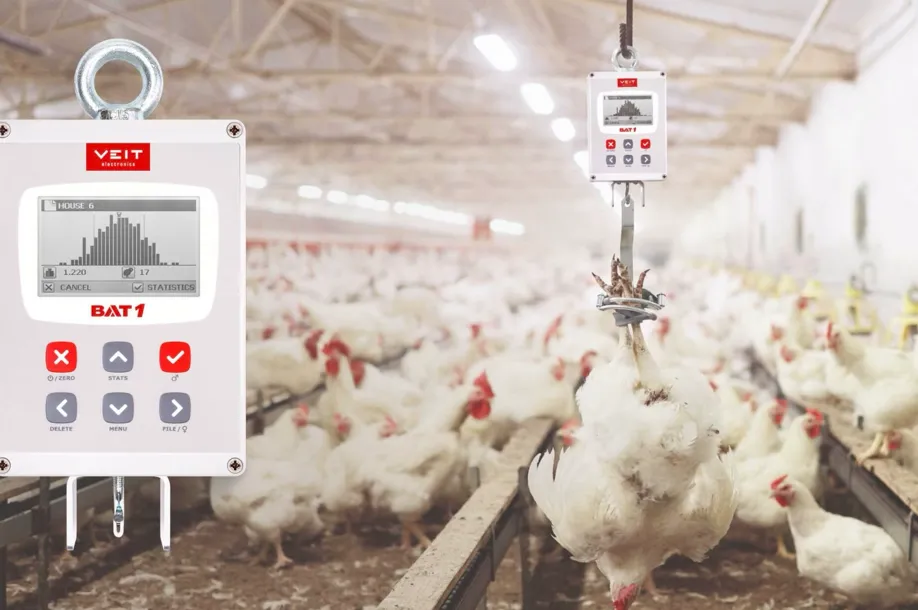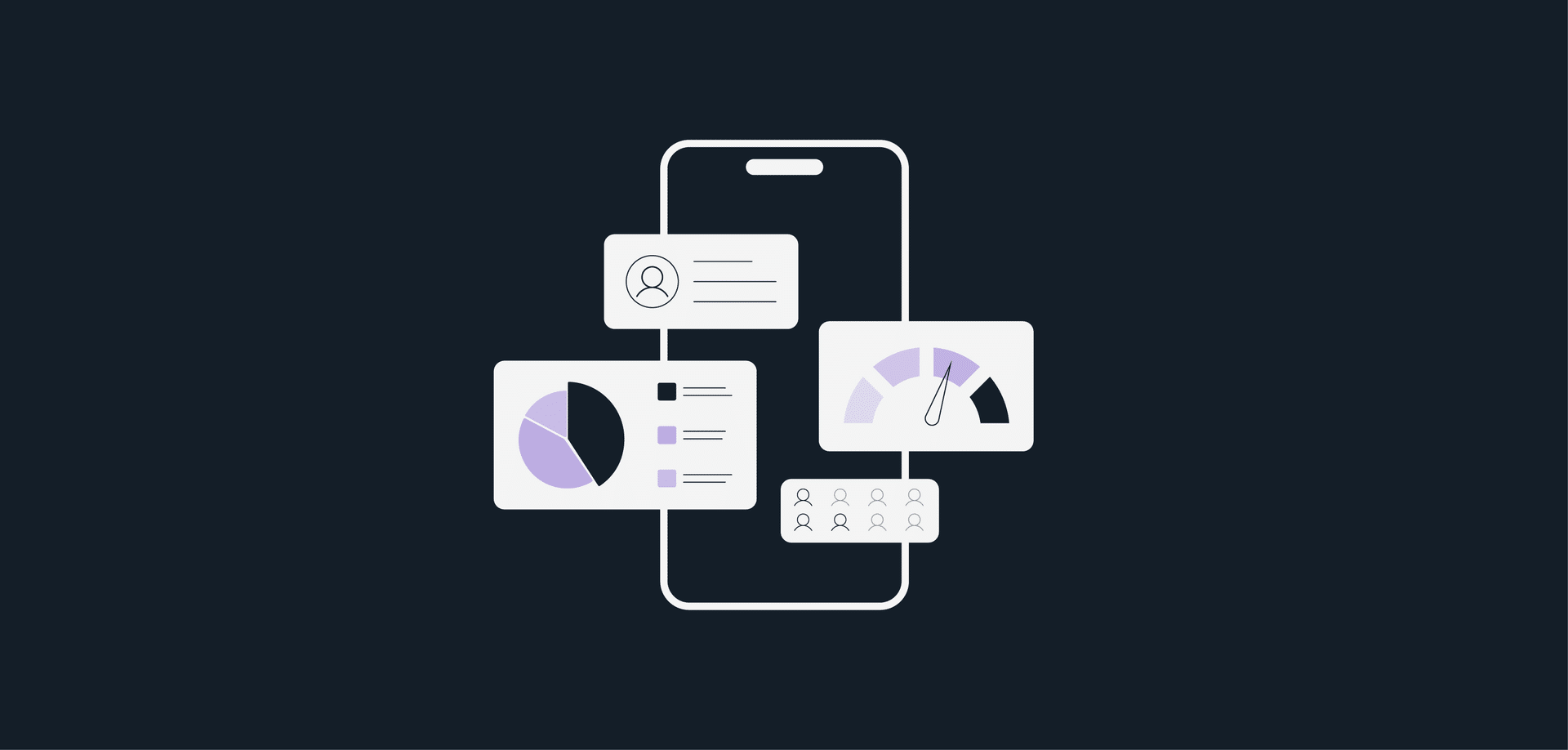AI detectors have made headway in the academic realm as content creation with AI has led to the unethical utilization of AI to perform academic tasks, leading to unoriginal content being proliferant in the academic space. To end this, AI detectors came in as a swift force of rectification to restore balance.
But these disadvantages are not only contained within the space of academics; in spaces that involve the examination of the skills of a person, like recruitment, AI-detectors have their applications. Let’s discuss a few cases where AI content detectors are required.
Cover letters
A cover letter is reflective of an applicant’s ‘stand-apart’ qualities, and creating one provides a unique chance for them to showcase facets that cannot be revealed through their resumes. AI detectors can help mark these or at least highlight them for a detailed inquiry (in case your organization is compliant with AI-generated cover letters and resumes) during interviews if you find their resumes or CVs compelling. Which brings us to the next point.
Resumes or C.V.s
Yes, they are different, but keeping in mind that their function more or less covers the same aspect, it can be addressed here. Although resumes provide very limited opportunities to display creativity, the originality with which candidates present their skills is in itself a marker of their identity. But, as mentioned before, in cases where AI-based content is permissible and if the content is flagged to be AI-generated, interviewees can prod further and find specifics that will help recruiters improve their judgement.
Assessments
While AI-based proctoring is still a good option, for smaller businesses for whom this technology is far fetched from a financial standpoint, using AI detectors for written content is a good option. By using AI-generated content as a strict no as a part of the assessment guideline, AI-detectors can help check the candidate’s integrity. Especially when reviewing assessments at scale, any assessments with above 30 or 40 percent AI generated content can be readily flagged and removed from the system. This provides a primary layer of filtering that shortlists a good set of candidates, which makes it quicker to close open roles.
Application across all hiring contexts
In the age of remote work, gig economy, and freelance hiring, the only true determinant of work is the submitted document. And in some of these circumstances, an elaborate hiring process might not be an option. This is where an AI content detector can help in determining the originality of the content created. A simple, two-step process would suffice: a task that needs to be originally created by the applicant and an interview that verifies the originality of the given task. (This is just a suggestion, feel free to modify it as per your requirements.)
More Read About: baddieshub
A look at the elephant in the room: Is AI always right?
Well, AI-based detectors are not 100 percent accurate; there is no argument here. There is no standardised tool or metric to help determine if content created is by AI or humans. In fact, AI is made to create content that is more humanised. So, AI detectors are bound to make some errors, although even AI detectors are updated. So, would the avoidance of all AI based tools fix the problem? If a company can afford a team that is capable of keeping themselves well versed in existing as well as new and upcoming models, then yes! This is a very expensive undertaking as AI models are increasing in number as we speak and the existing AI models are becoming more proficient with the creation of content. The other alternative would be to rely on AI detectors, which are also improving. With the massive volumes of applications that a small or medium sized business may have to deal with, an AI detector would at least help filter out a large number of candidates, making it easier for recruiters to shortlist and select candidates. The choice is yours
The best person to make a judgement call would be the reader. Relying on high quality AI detectors like HireQuotient’s AI detector would give you a headstart. Moreover, this tool is forever free, with no need for signups. Large documents of up to 25000 words can be submitted in a single input, making it the ideal tool for anyone who wishes to imbibe AI detectors into their workflow . Be the best judge by trying the tool out yourself.






